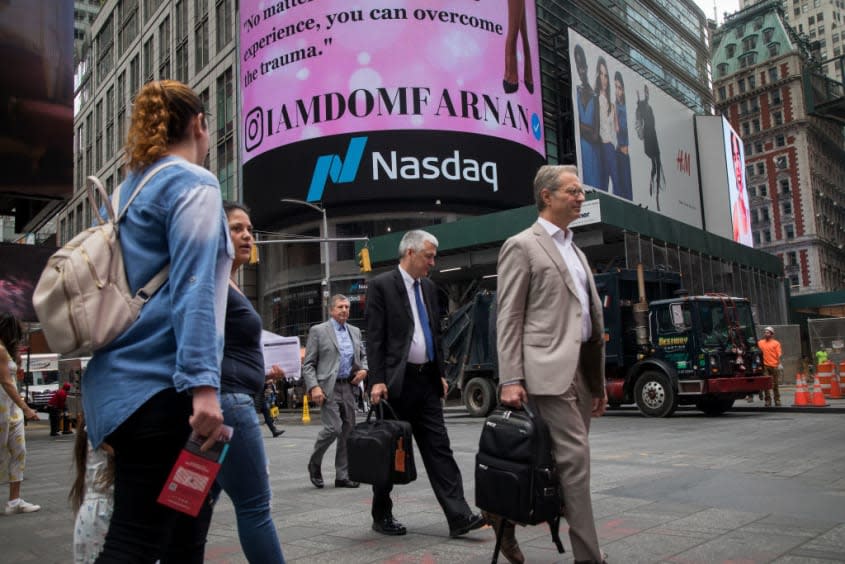Letting the bull loose

The smartest insight and analysis, from all perspectives, rounded up from around the web:
The bull market is back, said Nicole Goodkind at CNN. As of early this week, the S&P 500 had rebounded more than 20% since its most recent low, reached in October 2022. That means "Wall Street is feeling bullish again." It's been a long nine months, but "markets have remained surprisingly resilient," and many of last year's big losers "like tech and media have bounced back from a disastrous year on hope that the worst is over." Excitement over innovations in AI has also "fueled interest in tech stocks, which dominate the S&P." Markets gained more momentum following "the end of the debt-ceiling crisis and a recent string of strong economic readings" showing continued jobs creation while inflation is receding. Optimism is still growing. In the 16 times since 1989 when the Federal Reserve skipped or announced a stop to its rate-hike campaign, "the S&P rose an average 3.6% and gained in price 88% of the time."
It's too soon to call this a bull, said Jeff Sommer in The New York Times. There's no "official" definition, but Howard Silverblatt, a senior index analyst at S&P Dow Jones Indices, is "as official as anyone in the markets," and he's not declaring a bull market "until after the index matches its last peak of 4,795.56, on Jan. 3, 2022." Beyond the semantics, "if a bull market means to you that stocks are trending unequivocally upward," then you are probably engaging in some magical thinking. Most of the S&P's rise this year is attributed to seven heavily weighted stocks that are flying high: Apple, Microsoft, Nvidia, Amazon, Meta, Google, and Tesla, said Brett Arends in MarketWatch. "But most of the rest of the S&P 500 isn't in a bull market. Far from it." In fact, "about a quarter of the stocks in the index are still lower today" than they were at the market's bottom last year, including economic bellwether names like Southwest Airlines, UnitedHealth, Disney, Bank of America, Walgreens, and CVS. Can the tide really be rising if it lifts a few boats but not the others?
Yes, it can, because there are plenty of "encouraging signs the rally has legs" and will sweep along the rest of the market, said Hardika Singh in The Wall Street Journal. "Worries about a potential recession have eased of late. Employers are still hiring aggressively, consumers are spending freely," and both housing and banking are stabilizing. And while the top-heavy market has been a concern, the breadth of the rally has improved, with turnarounds in stocks like Eli Lilly (up 22% this year), General Electric (32%) and Berkshire Hathaway (12%). Call it the "Timex economy," said Neil Irwin in Axios. "For 18 months, there has been steadily rising anxiety about the U.S. economy." With good reason — the Fed has raised interest rates from near-zero to above 5%, three banks failed, and there was a debt-ceiling standoff. "Despite it all, the unemployment rate" has remained at a record low, and the S&P 500 is now only 10% off its record high. This economy "takes a licking and keeps on ticking."
This article was first published in the latest issue of The Week magazine. If you want to read more like it, you can try six risk-free issues of the magazine here.
You may also like
Problematic Ford Explorer recall prompts federal investigation
James Cameron says Titan submersible was 'critically flawed'
Arizona governor bars county attorney generals from prosecuting abortion cases


